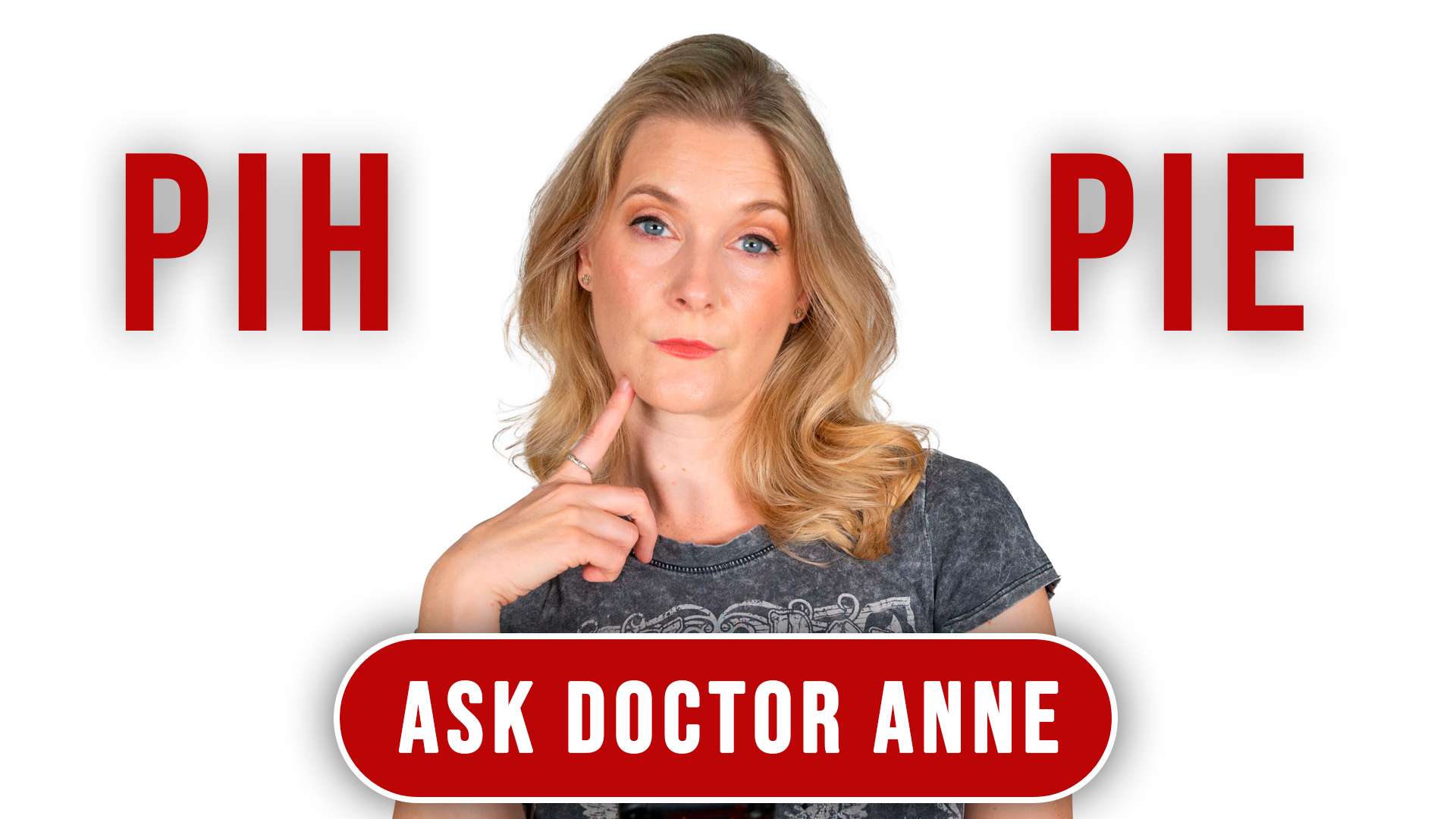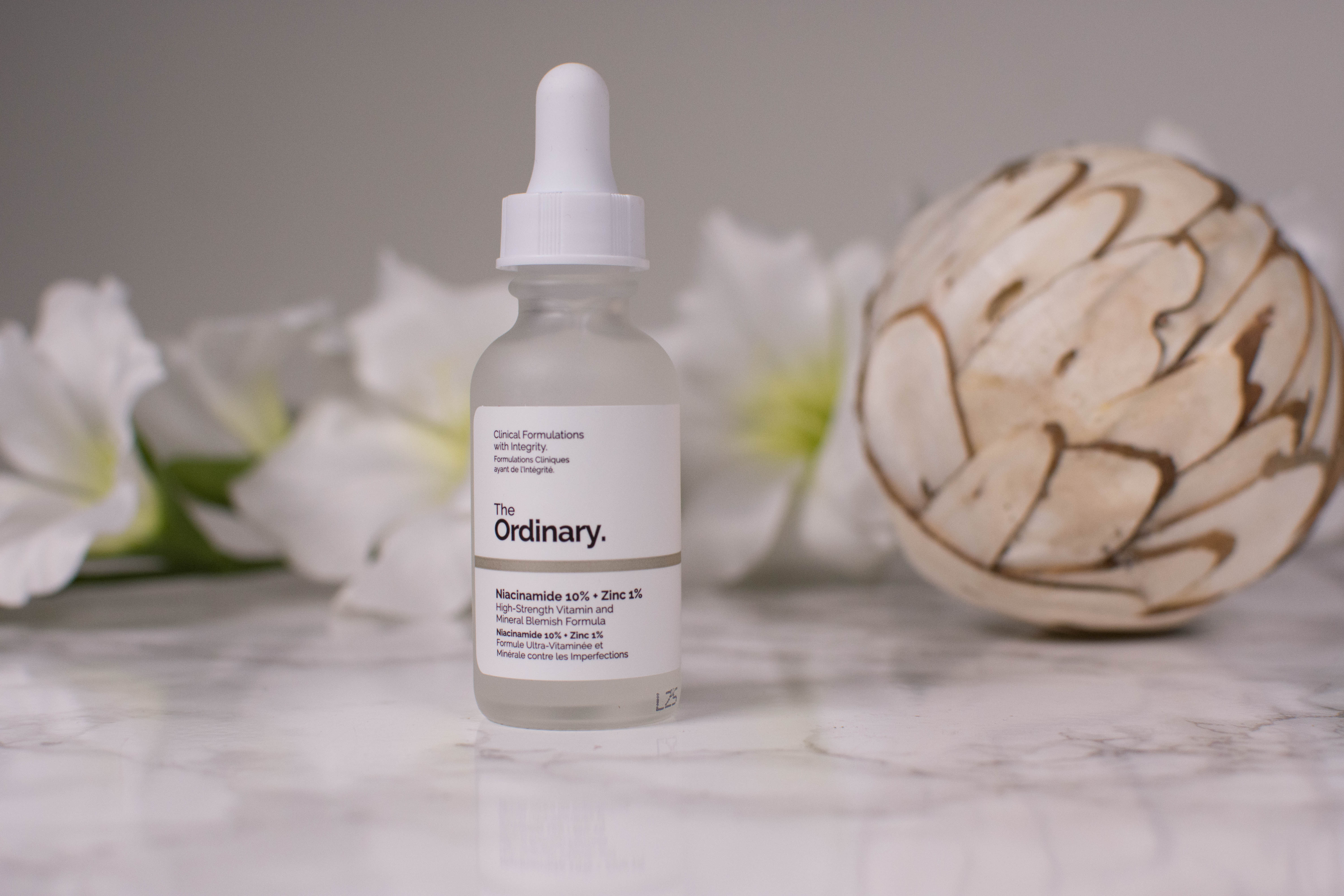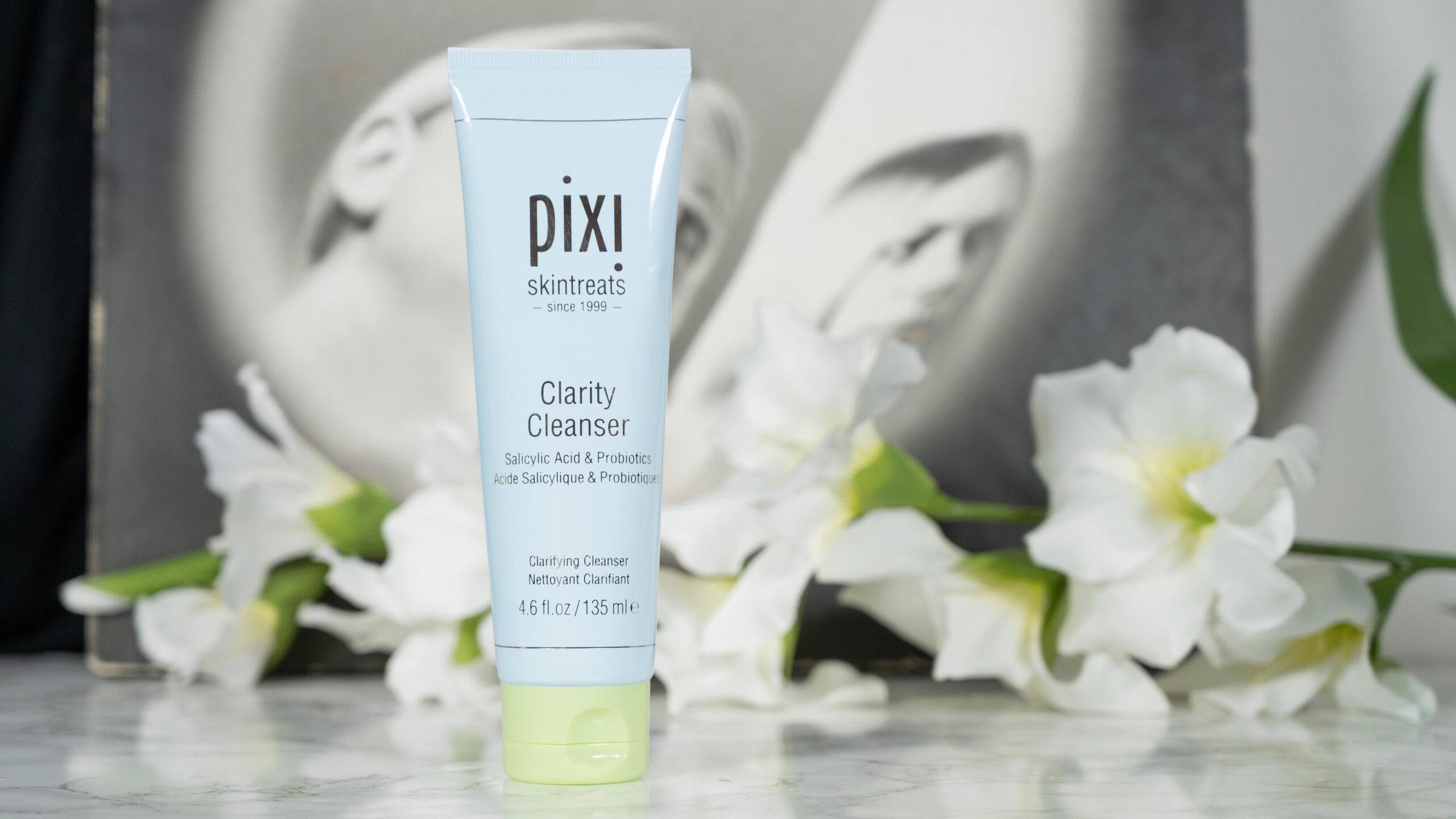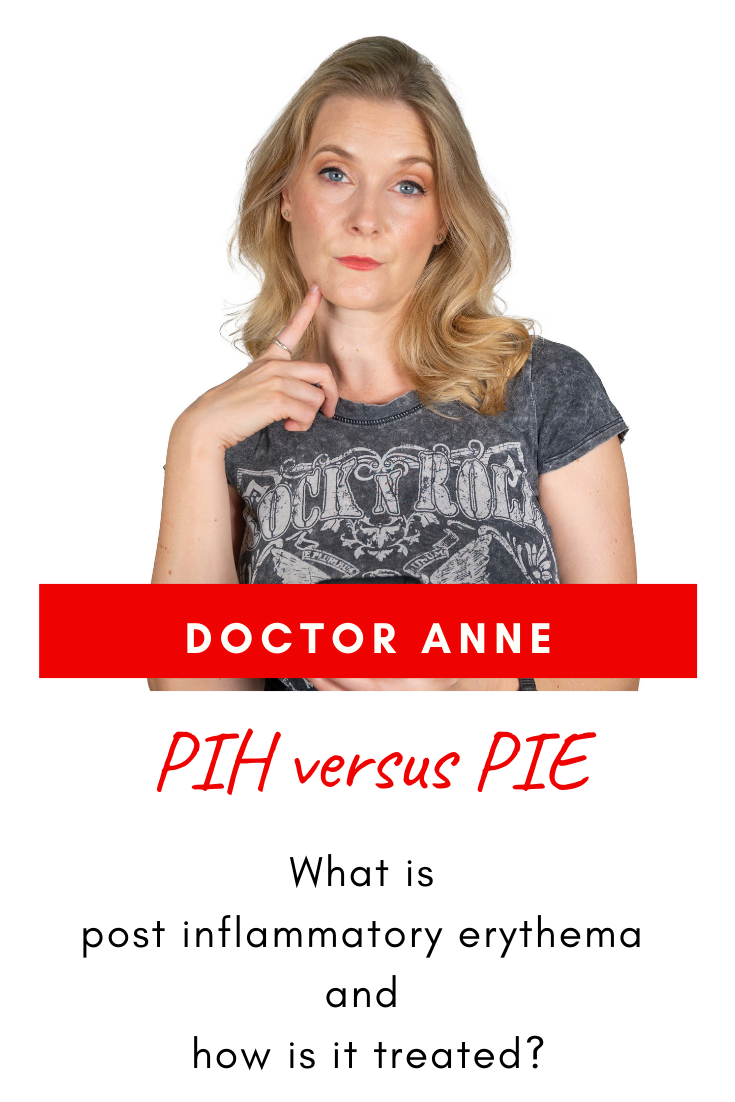Your pimple is gone, but the red mark it left just won´t disappear? Your skin looks uneven despite your acne flare up being under control for months? Or are you simply unsure if the spots on your face are post inflammatory erythema (PIE) or post inflammatory hyperpigmentation (PIH) and confused which product you should use?
Worry not, I´ve got you covered!

Before we go into it though you have to know that the term post inflammatory erythema is fairly new. It was introduced in 2013, before that the red marks left after injury were referred to as “macula”, which is a term used in dermatology for a change in color on the skin that is not raised above skin level and used to describe many different efflorescences. It was only 7 years ago that it got a specific name, which is usually an indicator for it getting more attention in terms of research – I guess we can expect to learn more about the condition in the years to come.
What is Post Inflammatory Erythema (PIE)
Well, let´s look at the name: “Post” means after, “inflammatory” means caused by inflammation and “Erythema” means redness, so basically a red, pink or purple spot left on the skin after an inflammatory process.
Inflammatory processes are for example acne, but also other forms of injury to the skin that cause a wound: bug bites, medical procedures, scratches, whatever.
In an attempt to heal the injury different processes happen in the body, and one of them is an increase in angioneogenesis, which means that small blood vessels called “capillaries” grow into the affected area in order to increase blood flow and speed up healing.
You can see this increase in capillaries as redness on the skin, and any damage done to their walls means they “leak” into the surrounding area and cause persistent redness.
What is the difference between PIH and PIE?
Both happen for similar reasons (watch this video on the different types of hyperpigmentation for more information on post inflammatory hyperpigmentation) and occur in similar places, but do require different treatments.
As mentioned before, PIE is a problem of the blood vessels while PIH is a problem of melanin production, so Tyrosinase-Inhibitors for example, that are amazing at treating the melanin problem, will not help with the erythema.
As a rule of thumb you can say that red, pink or purple marks are usually post inflammatory erythema and happen more often in people with fair skin, while brown, grey and black marks are usually post inflammatory hyperpigmentation and are more likely to happen in people with dark skin.
Don´t be fooled though, you can have both and in some people, again especially in these with dark skin, PIE can turn into PIH in the process.
To get an idea what the marks on your face are, you can grab either a clear spatula or a glass and press that one down on the spot in question – if it disappears it is most likely PIE, because the pressure collapses the capillaries as I demonstrate here on an annoying red spot that has been with me for almost a year now.
Is PIE dangerous?
No.
It is again only a cosmetical problem, but one that can have a huge impact on your self-esteem and overall quality of life.
The good news is that other than PIH it will disappear on its own, even with no additional treatment, the bad news is that this can take time. 3 months up to over a year, depending on your individual skin and the nature of the trauma that caused it – that is a long time to wait.
There are some options though that can help fade it quicker.
How do you treat PIE?
As always, the most effective way is to prevent it from happening rather than treating the marks, which is why I suggest we start here.
PIE is often caused by acne, so controlling your acne should always be the first step.
Next up is: Resist the urge to pick or pop your spots.
Avoid anything that aggravates inflammation, and that includes harsh scrubs or the oh-so popular cleansing brushes, basically anything that can further irritate your skin.
And of course: sunscreen. UV rays lead to inflammation through free radicals, so sunscreen is always a good idea.
If the red marks are already there, you need to focus on three things:
- Repair the skin barrier to reduce further inflammation. You can do that by keeping the skin hydrated and using a good moisturizer to prevent transepidermal water loss
- Reduce inflammation both by reducing triggers and by using anti inflammatory skincare
- Reduce the size of the blood vessels, which can be helped by some ingredients like caffeine, but mainly by in office procedures like lasers
Which products do I recommend for treating PIE?
The good news is that there are quite a few ingredients that work both on PIE and PIH, so even if you are unsure what you exactly have on your face, you will probably not go wrong with them.

Retinoids (which I talk in length about here) are amazing both at treating the underlying cause and increasing collagen production, which speeds up the healing. There are several on the market, I like the one by The Inkey List for beginners.

Niacinamide (the swiss army knife of ingredients) that can again be found in many different products, but the one I mainly use is the 10% Niacinamide + Zinc 1% from The Ordinary.

Salicylic Acid as it is both a great anti-inflammatory and helps prevent breakouts, preferably in a rinse-off product like the pixi Clarity Cleanser – washing it off reduces the risk of irritation.

Antioxidants, with Vitamin C (which I talk about here), Green Tea Extract and Centella Asiatica being especially well suited to this problem. I personally enjoy the products of the Purito Centella Unscented line a lot!
Others like Hydroquinone or other Tyrosinase-Inhibitors and Licorice Root Extract are aimed at treating PIH and will not help much with the erythema aspect.
But are topical products enough to treat PIE?
Well, while they certainly help, it will still be a very long process that requires consistency and patience on your side. For quicker results there are in-office treatments like lasers that basically destroy the blood vessels so they are absorbed and disappear for good, but these are pricey and require of course a professional consultation.
There are reports that microneedling will help as well, but given that with microneedling you basically cause another, albeit smaller wound, I would strongly advise having it done by a professional rather than trying it at home – if you don´t know what you are doing you might end up making things worse rather than better.



